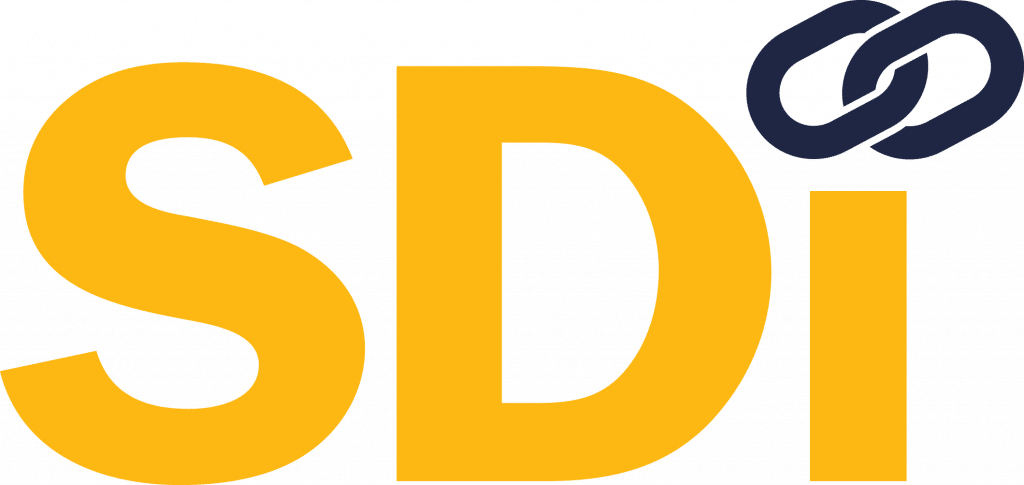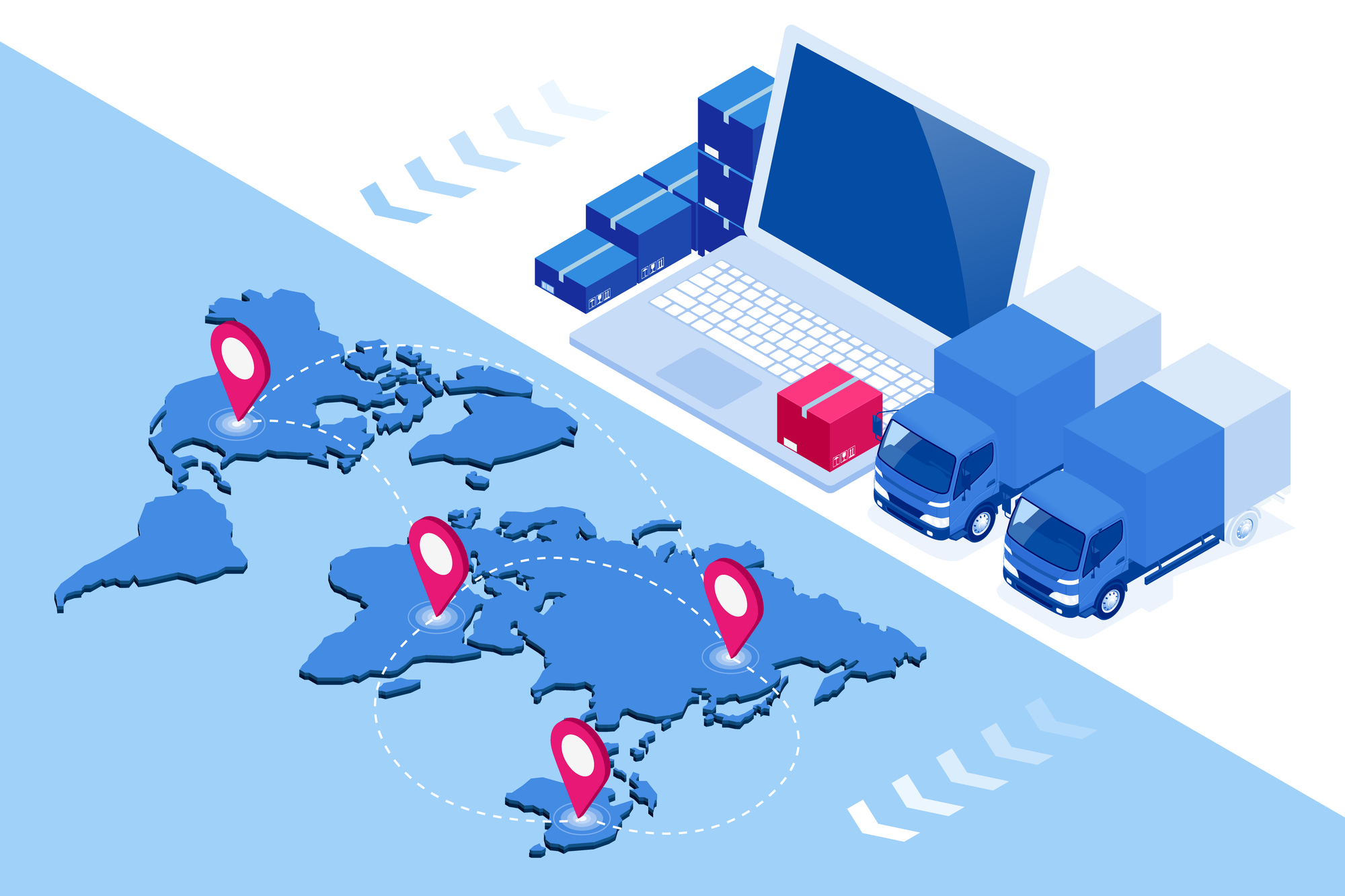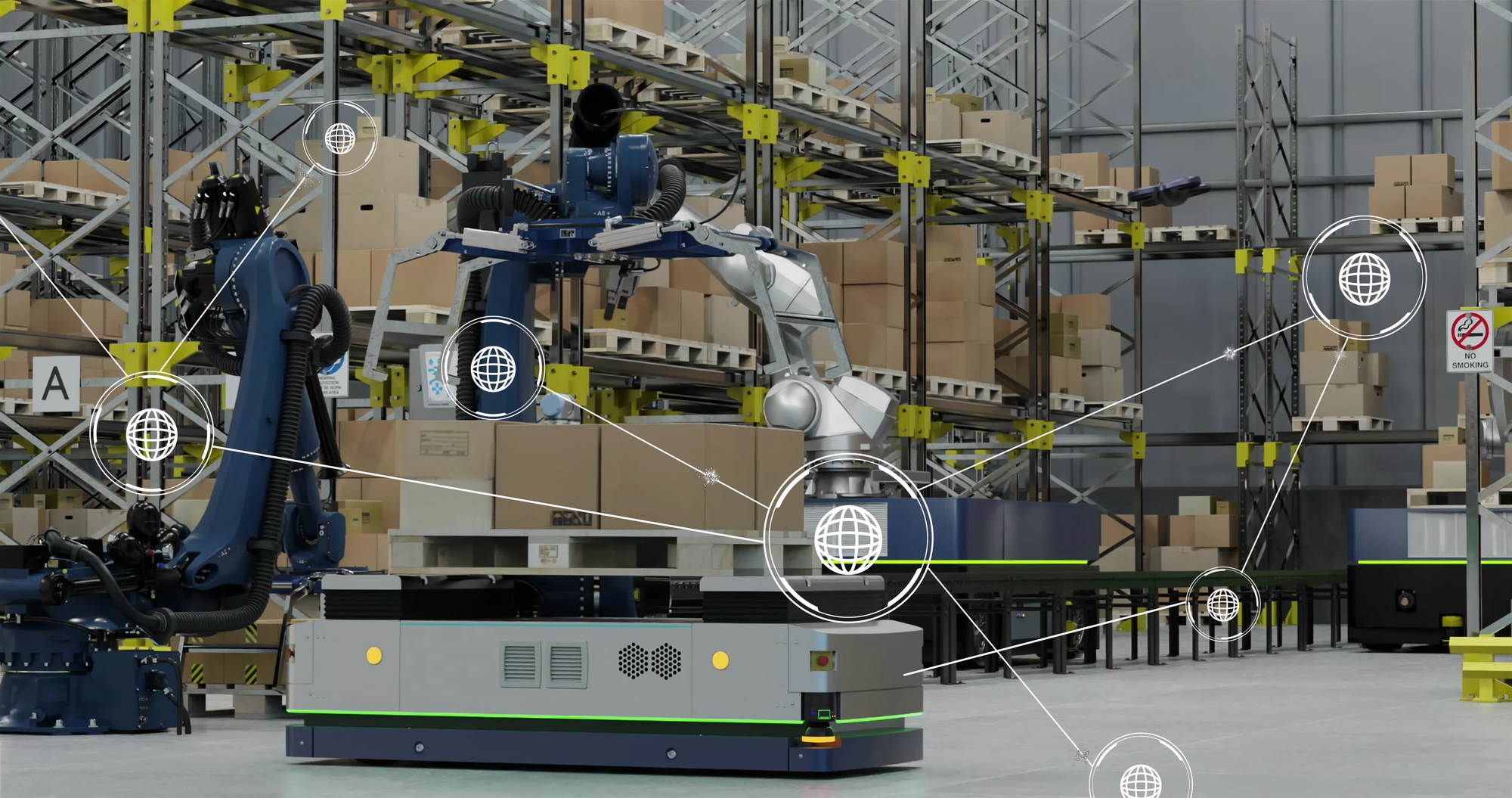In today’s challenging economic landscape, organizations face mounting pressure from labor shortages, supply chain disruptions, and rising operational costs. The integrated supply chain for parts and critical spares has become a vital focal point, demanding innovation and strategic management. Technologies once reserved for direct materials are now revolutionizing MRO (Maintenance, Repair, and Operations) and FM (Facilities Management) supply chains, enabling centralized decision-making, optimized processes, and measurable outcomes.
Here’s a look at 10 transformative technologies reshaping integrated supply chain management:
1. Artificial Intelligence (AI) and Machine Learning (ML)
Artificial intelligence and machine learning are dramatically accelerating the sourcing, selection, and transaction processes within integrated supply chains. AI enables rapid data cleansing, enrichment, inventory forecasting, and non-stock sourcing, streamlining what was once a heavily manual, site-based process.
Machine Learning takes this a step further, using real-time and historical data to predict maintenance needs and optimize inventory management. With IoT sensor data, ML can identify patterns, predict asset failures, trigger work orders, and even automate part orders before a technician is dispatched — significantly improving uptime and asset reliability.
2. Advanced Data Analytics
In a data-driven economy, the ability to transform raw information into actionable insights is a competitive advantage. Advanced analytics tools integrate procurement, work order, and inventory data to optimize supply chain decisions.
By breaking down data silos, companies gain full visibility into their MRO and FM spend, enabling dynamic pricing strategies, supplier consolidation, predictive inventory replenishment, and proactive risk mitigation.
3. APIs (Application Programming Interfaces)
Modern integrated supply chains rely heavily on APIs to connect disparate systems — from ERPs and EAMs to CMMS platforms and supplier databases. APIs enable real-time, secure data sharing between internal and external stakeholders, reducing manual intervention, improving visibility, and accelerating workflows.
Increasingly, MRO platforms are combining APIs with Robotic Process Automation (RPA) to automate freight updates, delivery notifications, and inventory tracking, ensuring technicians have the parts they need exactly when they need them.
4. Internet of Things (IoT)
IoT devices provide real-time asset monitoring, enabling predictive maintenance and smarter supply chain planning. Sensors on equipment capture operational data, signaling maintenance needs before failures occur.
Integrating IoT with supply chain management ensures necessary parts are available, minimizes downtime, and improves asset utilization. IoT is bridging the gap between enterprise asset management and supply chain processes, resulting in a more resilient and efficient ecosystem.
5. Mobile Procurement Technology
Today’s workforce expects the same convenience in business transactions as they experience in personal shopping. Mobile procurement tools empower technicians to identify, order, and track parts from anywhere — the shop floor, field site, or remote facility.
Mobile apps with real-time inventory visibility, supplier call-in, will-call, and buy-online/pick-up-in-store options streamline procurement processes, increase compliance to contracted suppliers, and reduce “maverick” spend.
6. eCommerce and Digital Marketplaces
B2B eCommerce platforms and digital marketplaces are redefining how organizations access and procure parts and services. Rather than relying on labor-intensive, error-prone manual ordering, integrated digital catalogs aggregate multiple suppliers under one easy-to-navigate interface.
Companies benefit from improved pricing transparency, reduced procurement cycle times, and enhanced spend control. This shift also increases the portion of transactions influenced by procurement teams, ensuring greater compliance and cost optimization.
7. Robotic Process Automation (RPA)
RPA is reshaping procurement and supply chain management by automating repetitive, rules-based tasks such as data entry, invoice reconciliation, and supplier onboarding. This reduces human error, speeds up operations, and frees procurement teams to focus on strategic activities.
For MRO and FM environments, RPA can also normalize and enrich supplier and inventory master data, driving better decision-making and enabling more effective category management.
8. Sourcing Automation
Sourcing automation digitizes and accelerates supplier identification, evaluation, RFx processes, and contracting. Integrated with AI and RPA, sourcing platforms can now predict demand trends, assess supplier risks, and automatically execute sourcing events.
According to The Hackett Group, smart automation can boost procurement productivity by up to 33%. Machine-driven sourcing decisions enhance speed, transparency, and accuracy, enabling companies to secure better pricing, improve supplier diversity, and adapt quickly to market fluctuations.
9. Additive Manufacturing (3D Printing)
Additive manufacturing is emerging as a powerful tool for supply chain resilience. By using 3D scanning and printing technologies, companies can recreate obsolete parts, drastically shorten lead times, and reduce inventory carrying costs.
Advanced 3D printing capabilities now match OEM production standards, enabling on-demand production of metal and composite parts — helping organizations maintain critical assets and avoid costly downtime.
10. Remote Inventory Security Systems
Last-yard logistics solutions like smart lockers, point-of-use vending machines, and unmanned storerooms are redefining inventory control. Technologies including blockchain and optical scanning provide end-to-end traceability, ensuring that critical consumables, PPE, and spare parts are secure yet easily accessible to authorized personnel.
These systems track material usage by employee, department, or project, offering valuable data for continuous improvement initiatives in productivity and cost management.
Embracing the Future of Integrated Supply Chain Management
To build a resilient, agile supply chain, organizations must invest in digital technologies and leverage an ecosystem of partners. By harnessing AI, IoT, RPA, additive manufacturing, and mobile procurement, companies can enhance visibility, mitigate risks, streamline operations, and drive superior business outcomes.
As digitalization reshapes the expectations of internal stakeholders and external customers, proactive adoption of Industry 4.0 innovations will define the leaders of tomorrow.
At SDI, we specialize in helping organizations unlock the full potential of digital supply chain management. Our ZEUS Digital Supply Chain platform integrates powerful analytics, automated procurement, and intelligent storeroom solutions to drive efficiency, agility, and transparency across your entire supply ecosystem.
Ready to future-proof your supply chain? Contact us today to learn how digital innovation can transform your operations.





